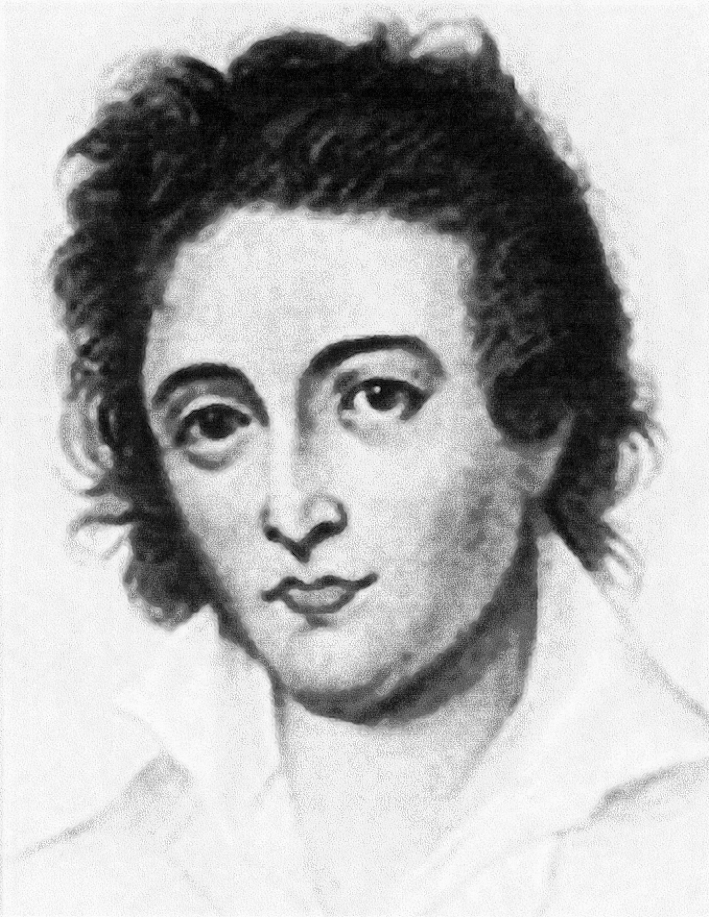The cover was addressed to Lady Shelley, Boscombe Place, Ringwood-Hants, England, and it has a manuscript ‘per Geelong’ and the purple 6d N.S.W. stamphas two cancellations of the duplex 71/ SP 6/ C/ SYDNEY with a 3-ring oval, vertically placed, N.S.W. obliterator (Figure 1).
The reverse had a reception postmark in England at RINGWOOD/ NO 6/ 71 (Figure 2).
The Geelong was a P & O ship which between 1860 and 1874 traveled the route from Sydney, to Melbourne, King George Sound (Western Australia), Galle (Ceylon) and then to Southampton. John S. White’s The Postal History of New South Wales records that it left Sydney the day after the cover was postmarked and the ship arrived in Southampton 2 days before the Ringwood postmark. This Sydney duplex had an unique design in that it was the only duplex with the configuration of a 2-figure year at top and SYDNEY below, and is classed as Type D9 in White’s book. In addition there are other characteristics which are outlined in Figure 3.
Boscombe Cottage was built in 1801 for a Mr. Phillip Norris and the property became the nucleus for the Boscombe Manor Estate. It exchanged hands several times until it was sold in 1849 to Sir Percy Florence Shelley, mainly with his intention of it becoming a home for his mother, Mary Shelley, but she died in London on 1 February 1851, without ever living in it. Sir Percy and his wife Lady Jane decided to make it their home, dividing their time between Boscombe and their London house in Chelsea..
The house was extensively rebuilt for Sir Percy and it was extended to include a 200-seat (later 300-seat) theatre. Their home became a great centre for culture, drama and literature, attracting many famous people of the time. The name Boscombe Cottage was changed to Boscombe Alcove and then Boscombe Lodge and by Sir Percy’s time it was named Boscombe House, and later Boscombe Manor. Lady Jane inherited the estate on Sir Percy’s death in 1887, and in 1899 on her death it was inherited by Robert Scarlet, later the 5th Baron Abinger.
Sir Percy Florence Shelley (1819-1889) was born in Florence, attended Eton and Oxford, though he lacked his father’s intellectual passion. He inherited the title, when his grandfather, Sir Timothy Shelley died in 1844, and he married Jane St. John in 1848. Sir Percy Florence Shelley was the only child (who lived beyond childhood) of the famous poet Percy Bysshe Shelley ( and his second wife Mary Wollstonecraft Shelley. Sir Percy stood for Parliament once and was an unsuccessful conservative candidate. There were no children of this union and his picture is seen in Figure 4.
In spite of an extensive search, no picture of Lady Jane has been found, but she has been described as follows: “Neither a beauty nor an intellectual, Jane was short and plump with a Greek nose and strong jaw….all goodness and truth. Jane was softly affectionate with people she loved and possessed extraordinary vitality, initiative and pluck. Jane (1820-99) was a year younger than Percy and already shared his tastes. She was a passionate admirer of both of Sir Percy’s parents, and she wrote about, and supervised several historians in their books on Percy’s parents, vigorously defending their reputations. The 1891 Census showed that Lady Jane was living at Boscombe Manor with several great-nephews.
Mary Wollstonecraft Shelley (1797-1851) was the great poet’s second wife and she was the author of the novel Frankenstein. They married several months after Percy Bysshe’s first wife committed suicide in 1816. She was devastated when he drowned off the northern Italian coast in July 1822, and she edited several posthumously published collections of his poetry. Her picture is seen in Figure 5.
Percy Bysshe Shelley (1792-1822) was born to Sir Timothy Shelley (1753-1844) and his wife Elizabeth Pilfold, and he was the eldest of their 7 children. Four months after being expelled from Oxford he traveled with the 16 year old Harriet Westbrook to get married in Scotland. They had one child, Ianthe Shelley (1813-76) and the couple’s marriage was a disaster ending in Harriet’s suicide. Shelley, at this point in life was deeply influenced by Wordsworth’s poetry and English language. His brilliant short and tempestuous career will not be considered further in this paper, but his picture is shown in Figure 6.

To say the least, the Shelley family was a remarkable and often controversial family.
Addendum ( November 2011): A second cover was sent by the same person to Lady Shelley, Boscombe, Ringwood, Hants, England and there was a black ink ms. ‘Per Mail Steamer Malta’, and the same purple 6d stamp of New South Wales was used. The stamp was cancelled with the duplex C/ AP 21/ 1869/ SYDNEY (Figure 7).
The reverse had a clear reception cancel of RINGWOOD/ A/ JU 19/ 69 (Figure 8).